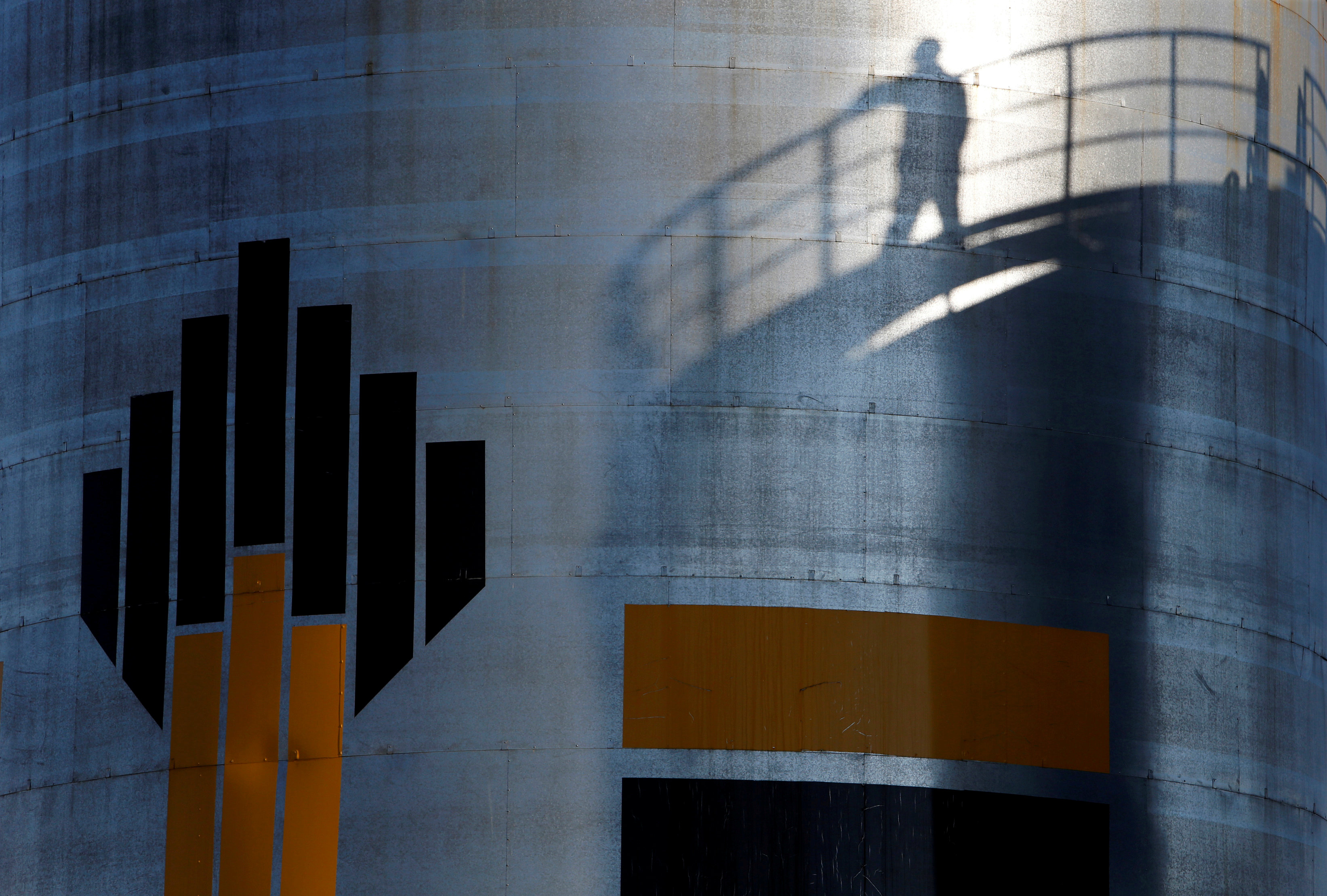Rosneft finds oil off Russia’s East Arctic coast
Drilling in the Gulf of Khatanga by the Laptev Sea indicates significant resources, Russian state oil company Rosneft says.
It is the first-ever drilling in Russian east Arctic waters and preliminary results show hydrocarbons in abundance.
During the drilling of the Tsentralno-Olginskaya-1 well, three core samples were taken from depths of 2,305 to 2,363 meters and these show high oil saturation dominated with light oily fractions, Rosneft writes in a press release.

The drilling is conducted from the shore of the Khara-Tumus Peninsula, an area located along the Khatanga Bay.
“On the basis of primary studies, it can be concluded that a new oil field has been discovered, the volume of the resource potential of which is increasing as the drilling continues,” the company says.
The drilling crew on site continues to take core sampling from the field.
The drilling comes after Rosneft in August 2016 opened a research base in the area. The base was developed as “a research outpost for development and testing of new technology, technical equipment and materials.”
According to the company, a team of researchers and company specialists this spring spent two months at the base to study ice conditions in the area. A total of 40 drifting buoys were placed on the ice and more than a thousand measurements and samples of ice qualities were made, the company informs.
Rosneft completed preparations for drilling at Tsentralno-Olginskaya-1 in record-short time. The company obtained the license in 2015, whereupon extensive seismic mapping was started. Since then, a total of 21,000 meters of seismic studies have been conducted and as many as 114 prospective structures identified. The preliminary resource estimates for the Khatanga license area amount to 9.5 billion tons of oil equivalents, company leader Igor Sechin told President Vladimir Putin in early April.
During summer 2016, two ice-class ships loaded with more than 8,000 tons of equipment and technology, including the drilling rig, made it from Arkhangelsk to the remote Khatanga Bay.
Drilling is conducted horizontally from the shore to depths down to 5,000 meters.
The Gulf of Khatanga is among the least-accessible places in the Russian Arctic. Located east of the Taymyr Peninsula by the ice-covered Laptev Sea, the license area is open for regular shipping only two months in the year. The nearest settlement is Khatanga, a town with a population of about 2,500 located about 350 kilometers to the southwest.
“It is still a long way to go before exploitation, but what we are doing is actually to start the development of a new oil and gas province, which, even with preliminary estimates, holds enormous resources,” Putin underlined in a televised launch of the drilling.